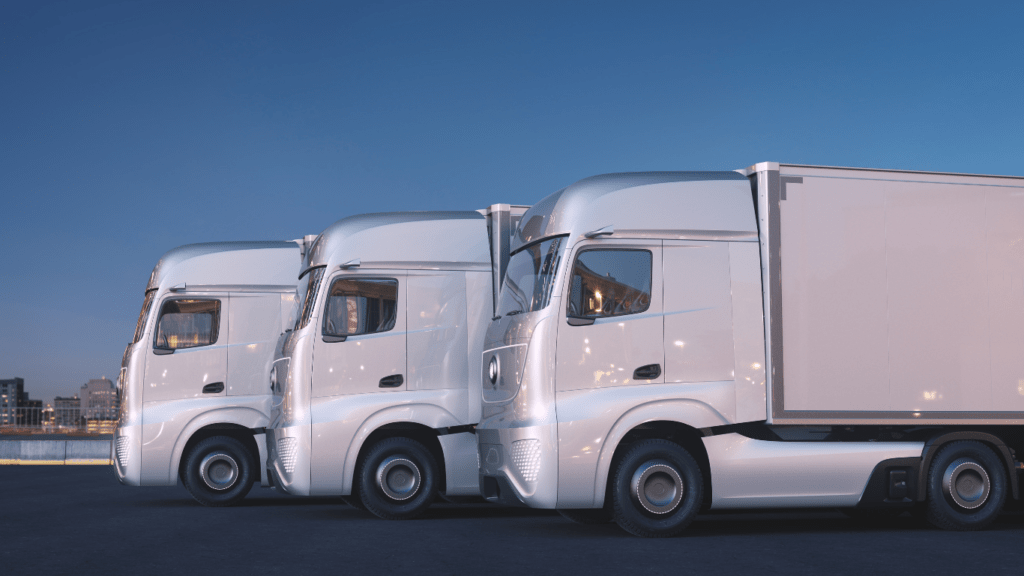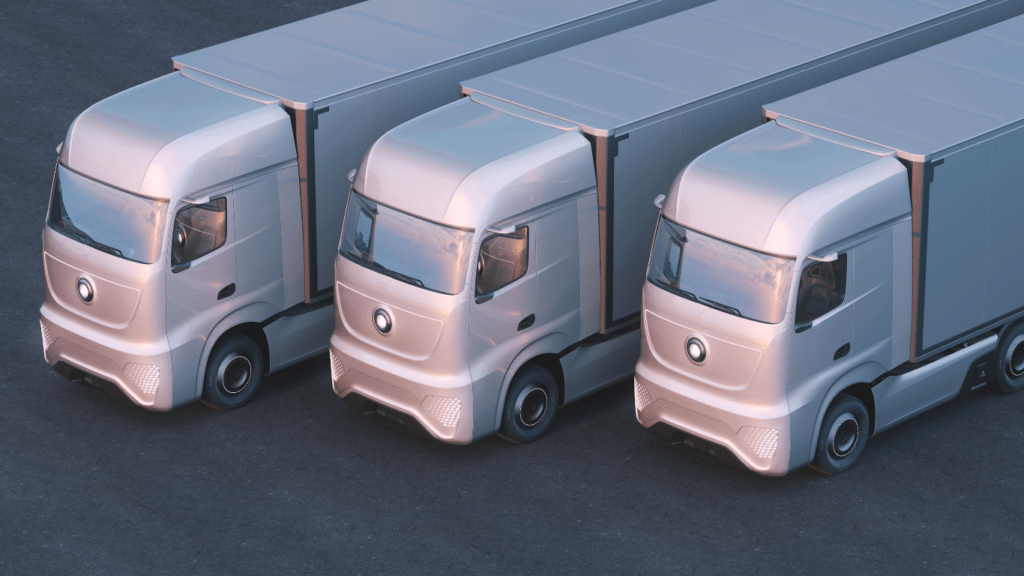Exciting advancements in autonomous vehicles are revolutionizing the way we think about transportation. As a tech enthusiast, I’ve been closely following the rapid evolution of self-driving cars and the cutting-edge technologies driving this transformation. From Tesla’s innovative Autopilot system to Waymo’s groundbreaking driverless taxis, the autonomous vehicle industry is paving the way for a future where road safety, efficiency, and sustainability converge seamlessly.
In this dynamic landscape of autonomous driving, I’ll delve into the latest trends, challenges, and breakthroughs shaping the automotive industry. Join me as we explore how artificial intelligence, machine learning, and sensor technologies are steering us towards a new era of mobility. Stay tuned to discover how these developments are not just reshaping transportation but also redefining our relationship with the vehicles of tomorrow.
Evolution of Autonomous Vehicles
As I delve into the evolution of autonomous vehicles, it’s fascinating to witness the journey from early innovations to the breakthrough technologies reshaping the transportation landscape today.
Early Innovations and Trials
Reflecting on the early days of autonomous vehicles, pioneering companies began experimenting with driverless technology decades ago. One notable milestone was the concept of cruise control introduced in the 1950s, marking a significant step towards automation in vehicles. Over time, these initial trials paved the way for more sophisticated systems, laying the foundation for the autonomous driving capabilities we see today.
Breakthrough Technologies and Milestones
In the realm of autonomous vehicles, breakthrough technologies have propelled the industry forward. From sensor advancements enabling vehicles to perceive their surroundings with precision to the integration of artificial intelligence for decision-making, each milestone has brought us closer to realizing fully autonomous transportation. Notable achievements such as Tesla’s Autopilot system and Waymo’s driverless taxis are emblematic of the strides made in autonomous vehicle technology. These innovations showcase the potential for a future where self-driving cars are no longer a vision but a reality on our roads.
Current Technologies in Autonomous Vehicles

In discussing current technologies in autonomous vehicles, it’s essential to delve into two crucial aspects that drive the advancements in this field: Sensor and Perception Technology as well as Artificial Intelligence in Navigation and Decision Making.
- Sensor and Perception Technology
Sensor and Perception Technology form the foundation of autonomous vehicles, enabling them to perceive and interpret their surroundings. These vehicles utilize a variety of sensors such as LiDAR, radar, cameras, and ultrasonic sensors to create a comprehensive view of the environment. By combining data from these sensors, autonomous vehicles can detect obstacles, pedestrians, lane markings, and traffic signals in real-time. This technology plays a pivotal role in ensuring the safety and accuracy of self-driving cars on the road. - Artificial Intelligence in Navigation and Decision Making
Artificial Intelligence (AI) plays a critical role in the navigation and decision-making processes of autonomous vehicles. AI algorithms analyze vast amounts of data collected from sensors to make real-time decisions while driving. Machine learning algorithms enable these vehicles to learn from past experiences and continuously improve their driving behavior. By leveraging AI, autonomous vehicles can navigate complex road scenarios, predict other drivers’ behaviors, and adapt to changing environments effectively. The integration of AI in autonomous vehicles is revolutionizing the way we perceive transportation, paving the way for safer and more efficient driving experiences.
Challenges Facing Autonomous Vehicles
Moving forward with autonomous vehicles, there are several key challenges that need to be addressed to ensure safe and efficient integration into our transportation systems.
Regulatory and Safety Concerns
Regulatory frameworks must evolve to keep pace with the rapid advancements in autonomous vehicle technology. Ensuring that laws and policies are in place to govern the operation of these vehicles is crucial for their widespread adoption. Safety concerns also remain at the forefront, particularly regarding the ability of autonomous systems to accurately interpret complex real-world scenarios and make split-second decisions to avoid accidents.
Ethical and Privacy Issues
Ethical dilemmas arise concerning the decisions autonomous vehicles are programmed to make in critical situations. Questions surrounding who takes liability in case of accidents, the prioritization of lives in emergencies, and the overall ethical implications of autonomous driving are pressing concerns. Additionally, the collection and storage of vast amounts of data by autonomous vehicles raise privacy issues that need to be carefully addressed to protect users’ information and prevent misuse.
The Future of Autonomous Vehicles
As we look ahead, I see exciting predictions for the technological advancements in autonomous vehicles and their impact on society and industry.
Predictions for Technological Advancements
In the realm of technological advancements, I anticipate a surge in advancements that will revolutionize the autonomous vehicle landscape. One key prediction is the enhanced integration of LiDAR (Light Detection and Ranging) technology, which offers precise mapping and detection of surroundings through laser beams. This innovation can significantly improve the vehicles’ spatial awareness and enhance overall safety.
Additionally, the evolution of sensor fusion techniques combining data from various sensors like cameras, radars, and LiDAR will likely lead to more robust perception capabilities for autonomous vehicles. By leveraging the strengths of each sensor type, vehicles can achieve a comprehensive understanding of their environment, enabling better decision-making in complex driving scenarios.
Moreover, advancements in Artificial Intelligence (AI) algorithms are poised to enhance navigation and decision-making processes in autonomous vehicles. Machine learning algorithms can analyze vast amounts of data to predict and respond to dynamic road conditions swiftly. This predictive capability can contribute to smoother driving experiences and improved efficiency in traffic management.
Impact on Society and Industry
Looking at the broader picture, the impact of autonomous vehicles extends beyond technological prowess to societal and industrial realms. The integration of autonomous vehicles into mainstream transportation systems has the potential to revolutionize mobility, offering enhanced accessibility and convenience to commuters.
In urban settings, autonomous vehicles could alleviate traffic congestion by optimizing route planning and minimizing human error-related delays. This efficiency can lead to reduced travel times and enhanced productivity for individuals relying on transportation for work or leisure activities.
From an industry perspective, the rise of autonomous vehicles is set to disrupt traditional business models and create new opportunities across various sectors. Industries such as logistics and delivery services stand to benefit from autonomous vehicle technologies by streamlining operations, reducing costs, and improving delivery timelines.
The future of autonomous vehicles holds promise for groundbreaking technological advancements and transformative impacts on society and industry, paving the way for a more efficient and connected transportation ecosystem.


